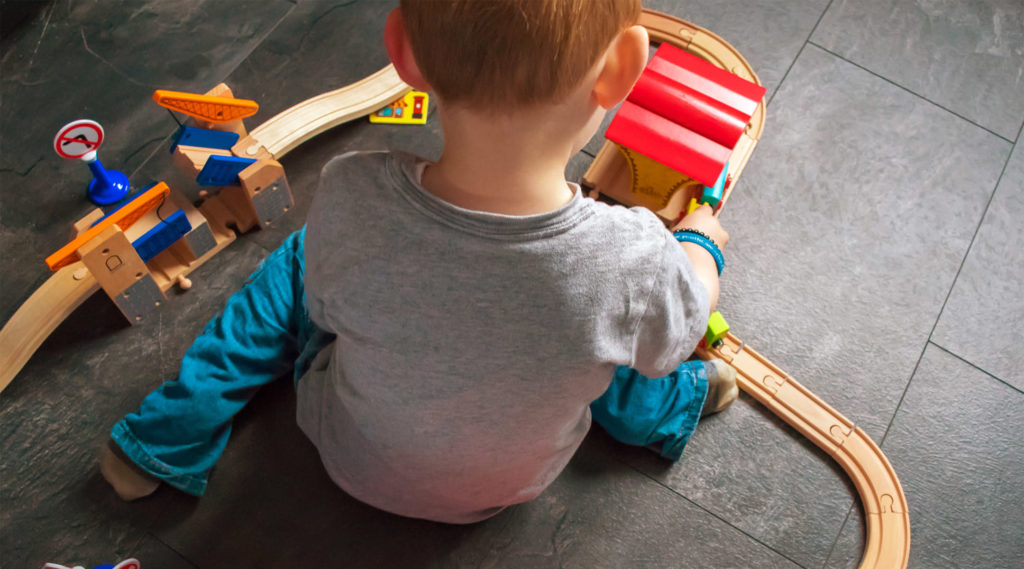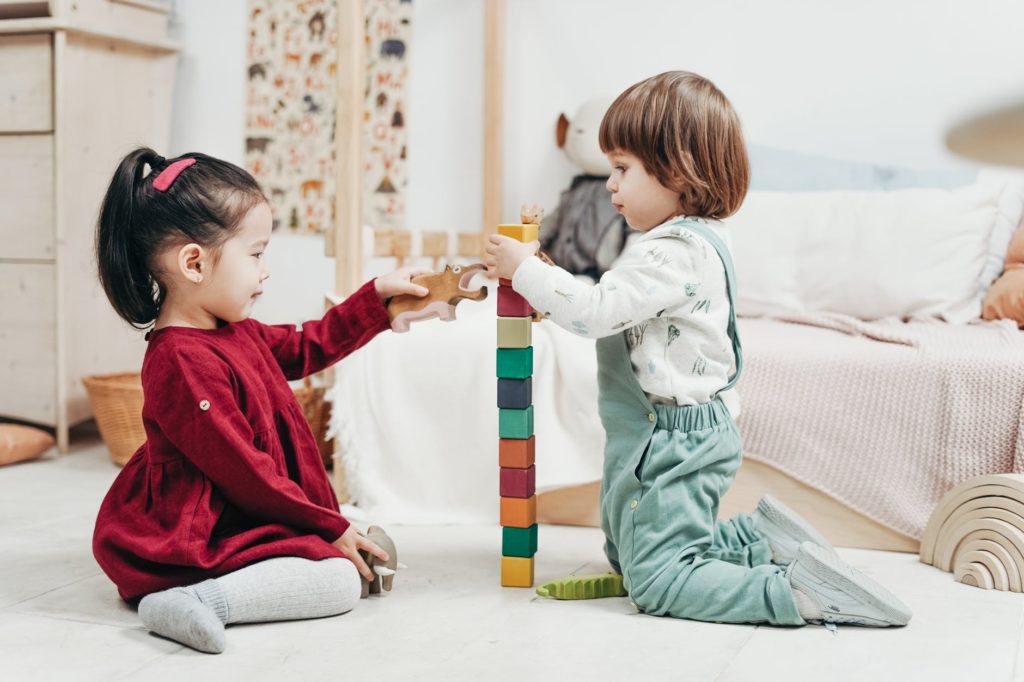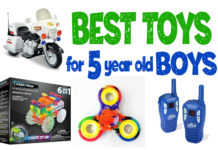As a parent, you want to do everything you can for your child. One of the most effective treatments for children with autism is Applied Behavior Analysis (ABA). ABA therapy has been shown to improve social skills and communication skills in kids who have autism by teaching them new behaviors through repetition and reward. But what if you don’t live near an ABA clinic? That’s where practicing at home comes in! Here are some helpful tips to get started:

What is Applied Behavior Analysis (ABA)
ABA is the most effective treatment for children with autism and is a form of therapy that uses repetition and reward to teach new behaviors. It involves a therapist coming to your house and working with your child, which can be expensive, and not everyone lives close to an ABA clinic, making it even harder. Parents can use ABA therapy at home, however, they need to learn how to do it. This is a great way to get your child started on their therapy goals or continue working on skills they have already learned. You can do this by:
Using Flashcards
Flashcards are a great way to target specific skills or behaviors that your child needs to work on. For instance, if your child is working on potty training, you can use flashcards with pictures of different types of bathrooms (e.g., one with a toilet, one with a shower, etc.). Or, if your child is working on counting, you can use flashcards with different numbers on them.
Once you have your flashcards made, it’s essential to use them effectively. Here are some tips:
- Start with one or two cards and gradually add more as your child becomes comfortable with the activity.
- Make sure your child understands what each card is for and what they are supposed to do.
- Be patient and go at your child’s pace. They may not complete a task the first time you try it.
Using Toys
Toys can also be a great way to help your child practice ABA skills at home. Like with flashcards, you can target specific skills or behaviors your child needs to work on.
There are lots of different types of toys that can be used for this purpose, but some examples include:
- Building blocks – If your child is working on building skills, these are a great way to practice.
- Playdough – If they’re learning about shapes or colors, play dough can be very engaging.
- Puzzles: This activity is helpful if your child is learning about sequencing.
Toy cars/trucks are good for practicing motor planning and getting kids moving around the house. Find toys that your child enjoys and use them to reinforce the skills they’re working on. If you find that they are becoming frustrated while playing with a toy, try taking a break before returning to it.
##Watching Videos
Several videos are available online that can help your child practice ABA skills. These videos are often called “ABA therapy tutorials,” and they cover a range of different topics, such as:
- How to say hello and goodbye
- How to ask for something
- How to eat with a fork and spoon
- How to blow out a candle
It is vital for parents to watch the videos before letting their children watch them so that they can know if they are appropriate and engaging.
##Rewards
One of the most important things you can do when practicing ABA at home is to use rewards. Rewarding your child for completing a task or behaving will encourage them to continue working on their skills.

There are lots of different types of rewards that you can use for kids with autism, but some examples include:
- Playing a favorite game or watching their favorite show on TV
- Getting a new toy or book
- Going to their favorite restaurant
- Playing outside
- Visiting with a friend
- Praising them verbally
- Giving them a special treat, like ice cream or cake
Be sure to use rewards sparingly and only when your child has completed the task you asked of them. Also, make sure that the rewards are appropriate for your child’s age and interests.
There are several ways to help your child practice ABA skills at home. Be patient and go at your child’s pace – they may not be able to complete a task the first time you try it. Repetition is critical, so try using these activities every day for a set amount of time. And most importantly, have fun! These activities should be enjoyable for both you and your child.
Most importantly, create an environment where your child feels comfortable practicing the skills they have learned during their ABA sessions at home. Also, create a reward system for when they do each task; make sure it’s something your child likes and will work towards getting










